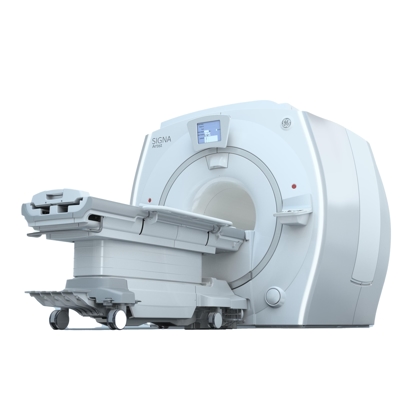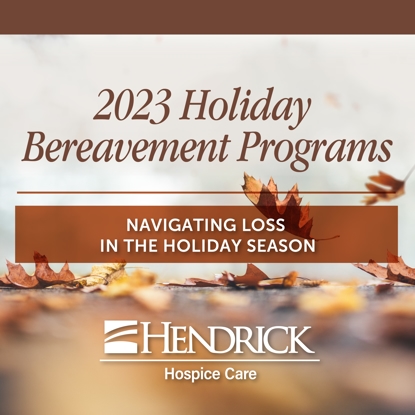Handwashing: Easiest way to stay well

The COVID-19 pandemic brought handwashing to the forefront, as it is one of the top ways to help stem the spread of viruses and infections. But, handwashing also prevents or slows the transmission of other illnesses, including flu, RSV, colds, bronchitis, pneumonia and gastrointestinal infections.
During the winter months, it’s especially important to practice good hand hygiene. Germs are found everywhere and can be transmitted through touching hard surfaces, objects or other hands. Germs also spread when an infected person blows their nose or coughs or sneezes into their hands and then touches other people or common surface areas.
The right way to wash hands
- Use clean, running water – warm or cold.
- Wet hands before applying soap.
- Rub soapy hands together for at least 20 seconds – about the time it takes to sing “Happy Birthday” twice. Wash all surfaces, including between the fingers, back of hands, wrists and under fingernails.
- Rinse hands thoroughly to remove all soap.
- Dry hands with a clean towel (or paper towel if using a public restroom). Use towel to turn off the faucet.
The best time to wash hands
The short answer is frequently. More specifically, wash hands:
- Before preparing food and before eating.
- Before and after touching or treating an open sore, cut or wound.
- After using the bathroom or after changing a baby’s diaper.
- After touching animals or animal waste.
- When in contact with someone who is ill.
If soap and water are not available, hand sanitizers that contain at least 60% alcohol can be used. Rub the sanitizer over all hand surfaces and fingers until dry.
Staying well is everyone’s responsibility.



